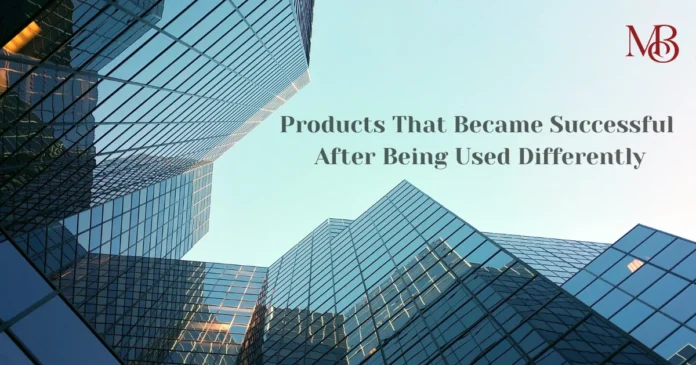Products That Became Successful After Being Used Differently. Some of the world’s most successful products weren’t born from genius-level planning they were the result of happy accidents, quirky misuses, or unexpected reinventions. From a wallpaper cleaner turned children’s toy to a floor disinfectant turned mouthwash, these stories remind us that innovation often hides in plain sight. Sometimes, the world doesn’t need a brand-new invention, it just needs someone to see an old one differently.

Let’s take a nostalgic stroll through time and peek into products that became successful after being used differently, and how some ordinary (and sometimes failed) products became extraordinary by being used in extraordinary ways.
1. Listerine: The Floor Cleaner That Freshened Our Breath
Imagine buying a mouthwash that once cleaned hospital floors. That’s right Listerine began life in the 19th century as a surgical antiseptic and general cleaner. Its makers marketed it as a cure for dandruff, wounds, and even sore throats before discovering its destiny: curing “chronic halitosis.”
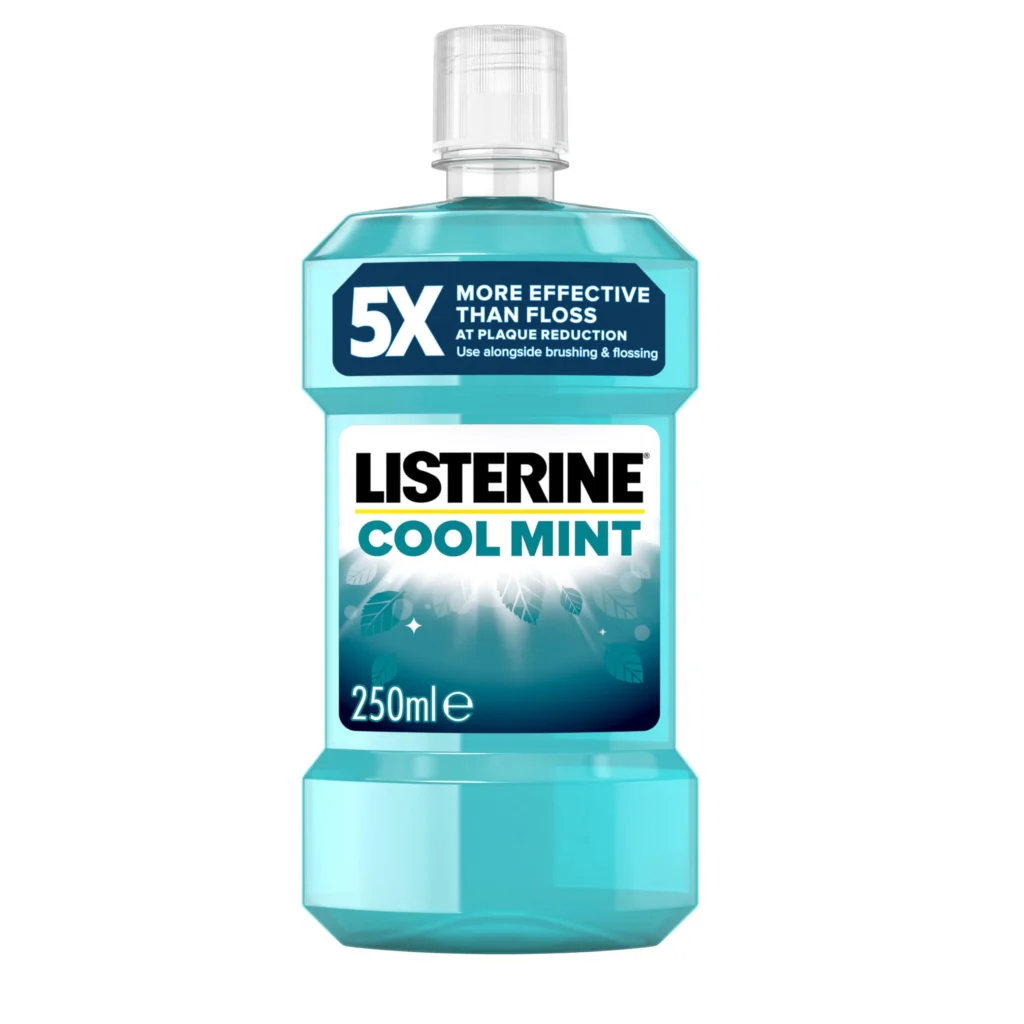
The term halitosis didn’t even exist until Listerine’s marketers invented it! That smart (and slightly scary) campaign turned a slow-selling product into a household essential. The moral? Sometimes success is just a clever rebrand away and a little linguistic creativity doesn’t hurt either.
2. Play-Doh: From Cleaning Walls To Sparking Creativity
Before Play-Doh coloured childhoods with imagination, it was a bland grey goop used to clean wallpaper. Back in the 1930s, homes heated by coal fireplaces were often left covered in soot. The dough helped wipe the grime away. But as heating systems modernised, the market for wallpaper cleaner vanished.
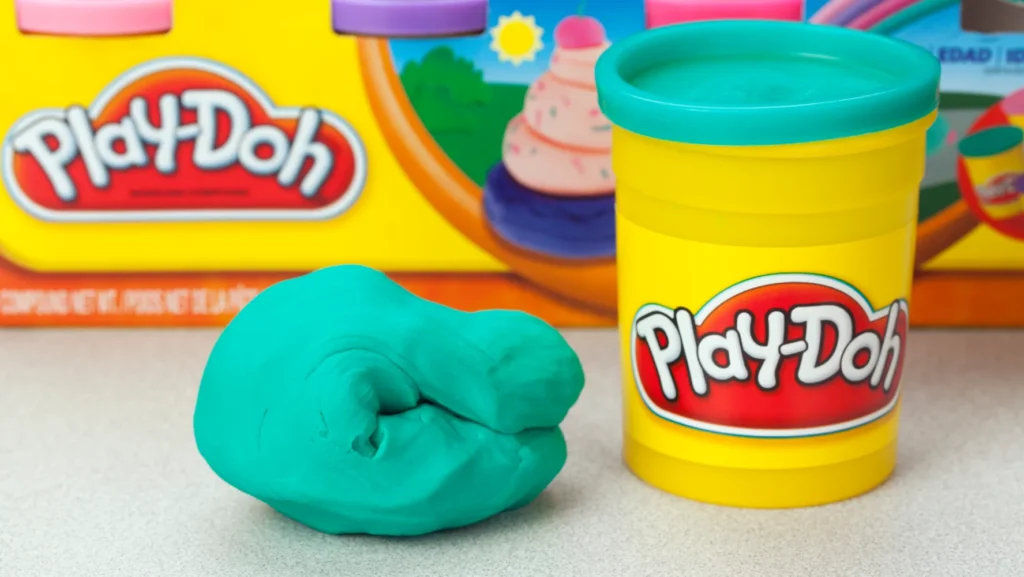
Enter an ingenious teacher who noticed children loved shaping the dough in art class. A quick formula tweak, a splash of colour, and a sprinkle of marketing magic later Play-Doh became one of the most beloved toys ever made. Proof that creativity can turn decline into delight.
3. Post-it Notes: A Weak Glue That Stuck Around
In the 1970s, a 3M scientist named Spencer Silver tried to make an ultra-strong adhesive but ended up with a weak, reusable one. For years, no one knew what to do with it. Then came Art Fry, another 3M employee, who got frustrated when his hymnal bookmarks kept falling out.
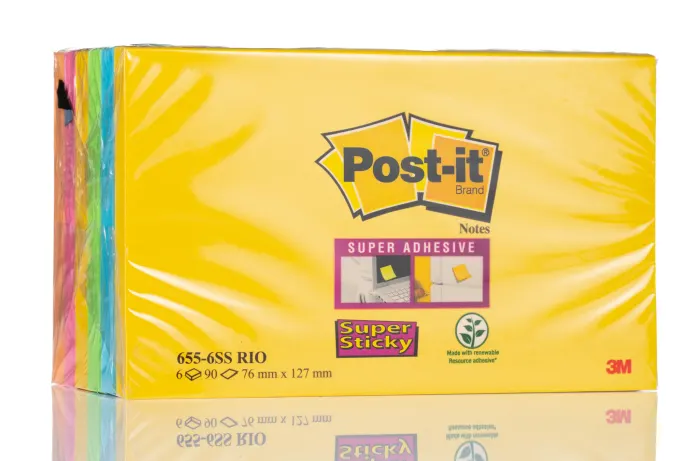
He used Silver’s “failed” glue to keep his notes in place, and voilà Post-it Notes were born. Today, they fill office walls, fridge doors, and creative spaces worldwide. Who knew a weak glue could hold together the modern world’s ideas?
4. Vaseline: From Oil Rig Residue To Skin Saviour
In the 1800s, oil workers in Pennsylvania noticed a strange substance clogging their machinery but also healing their cuts. Chemist Robert Chesebrough saw an opportunity in this goo, refined it, and named it Vaseline.
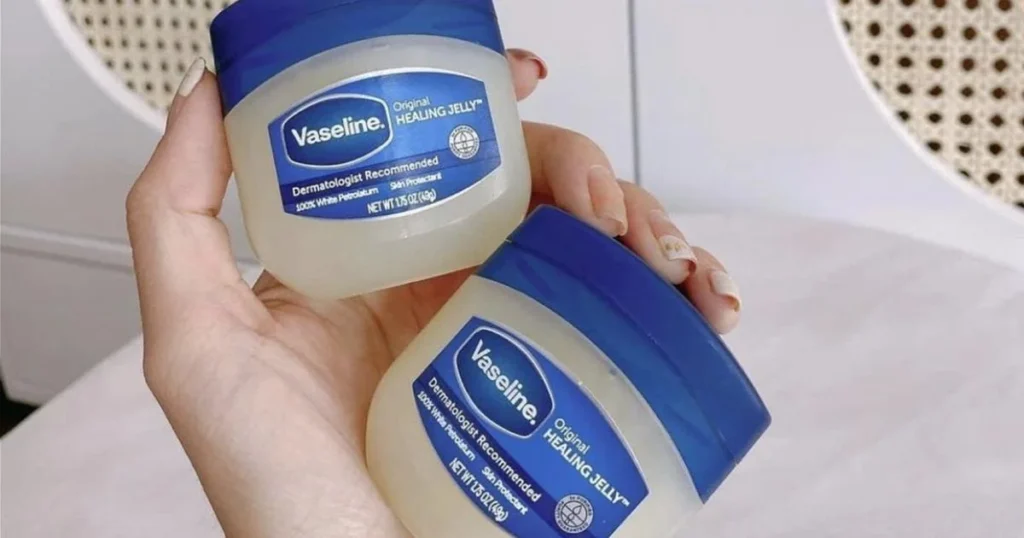
At first, people were sceptical. So Chesebrough reportedly travelled around demonstrating its healing powers by burning or cutting himself, then applying Vaseline and showing the quick recovery. Brave man, brilliant marketer. Today, Vaseline sits in medicine cabinets across the world, soothing everything from dry lips to cracked heels.
5. Coca-Cola: A Medicine That Became Magic In A Bottle
Coca-Cola wasn’t always the fizzy delight we know today. It was originally concocted by pharmacist John Pemberton as a medicinal tonic for headaches and fatigue. The formula contained coca leaf extract and kola nut, hence the name.
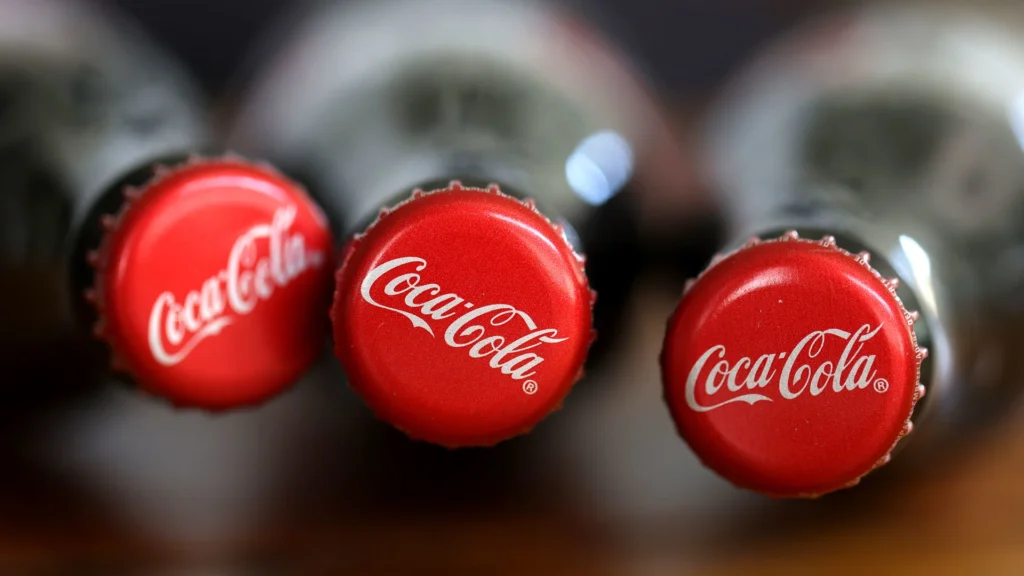
The turning point came when carbonated water was accidentally added to the syrup. Customers loved the refreshing twist, and soon, “Coca-Cola” evolved from a pharmacy counter potion into a global cultural phenomenon. From medicinal drink to movie icon not bad for a happy accident.
6. Potato Chips: The Crunchy Revenge Snack
Picture this: it’s 1853. A chef named George Crum is annoyed by a customer complaining that his fries are “too thick.” In a burst of frustration, he slices the potatoes paper-thin, fries them crisp, and salts them heavily just to make a point.
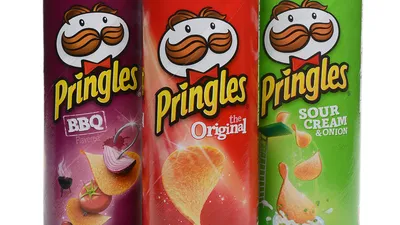
To his surprise, the customer loved them. And just like that, potato chips were born. The ultimate accidental success a product born out of irritation that went on to become a universal comfort snack. (Somewhere, George Crum must be smiling.)
7. Converse All Stars: From Basketball To Street Style
When Converse All Stars launched in 1917, they were meant for basketball players. But as time passed, athletes moved on to more modern shoes. Instead of fading away, Converse found new life in youth culture worn by skaters, rock bands, and rebels who valued individuality over performance.
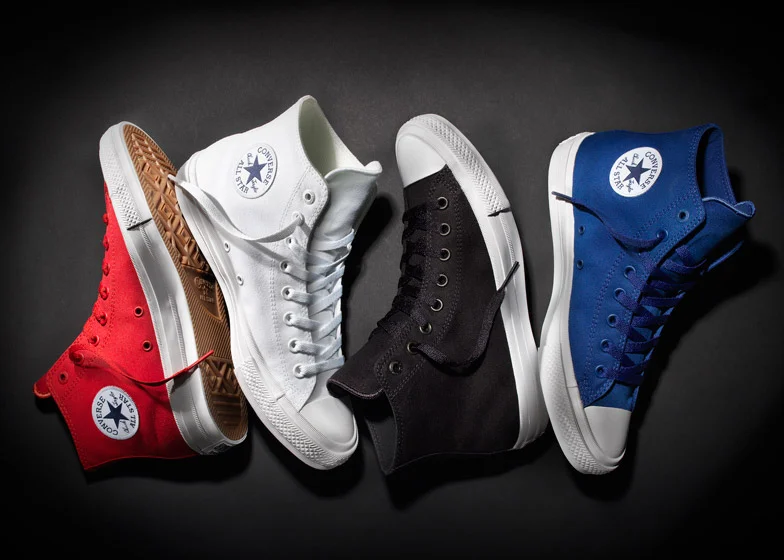
From punk concerts to fashion runways, the iconic white toe cap and canvas body became a symbol of self-expression. Proof that sometimes, stepping off the court is how you step into history.
8. Avon: From Door-To-Door Books To Beauty Empire
In the late 1800s, David H. McConnell sold books door-to-door. To make his sales pitch more appealing, he offered free perfume samples to his customers. Soon, he noticed something interesting people were more interested in the perfume than the books!
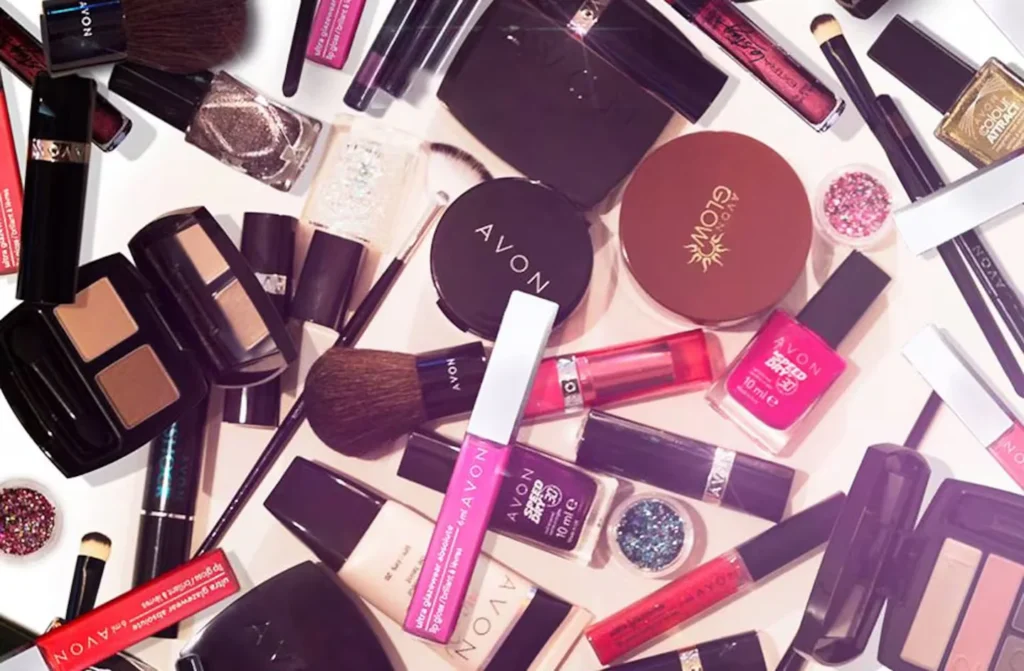
So, McConnell ditched the books and founded what would become Avon, one of the largest direct-selling beauty brands in the world. Sometimes the best business move is simply noticing what your customers really want.
9. YouTube: From Dating Site To Video Empire
Here’s a modern-day pivot legend. When YouTube launched in 2005, it was intended to be a dating platform called “Tune In, Hook Up,” where people uploaded videos describing themselves. But when users began uploading all kinds of videos, funny clips, music,and random moments, the founders leaned into the trend.
That small shift transformed YouTube into the world’s largest video-sharing platform, forever changing how people consume entertainment, news, and culture.
10. Instagram: From Check-Ins To Photo Magic
Before it became the photo-sharing powerhouse we scroll endlessly through, Instagram started as an app called Burbn a confusing blend of location check-ins, points, and photo sharing. The founders realised users only cared about one thing: the photos.
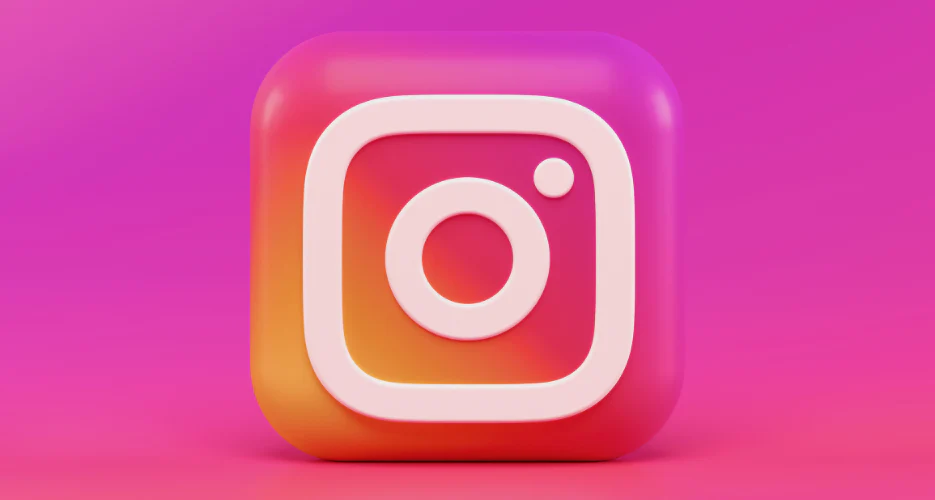
So, they stripped away everything else, simplified the interface, and relaunched it as Instagram. The result? Over a billion users and an entirely new visual culture. Sometimes success means deleting everything that doesn’t matter.
The Common Thread: Seeing Possibility In Mistakes
What ties these stories together isn’t luck it’s perspective. Each product’s success came from someone noticing potential where others saw failure. It’s a reminder that creativity isn’t always about making something new it’s often about seeing something old in a new way.
Also Read: How World War I Accidentally Gave India Its First Soap: Mysore Sandal Soap
From chemists to chefs, from toy makers to tech founders, these innovators turned detours into destinations. So, the next time something doesn’t go as planned, remember: that “mistake” might just be your next big idea.
FAQs
What do these examples show about innovation?
They show that innovation isn’t only about invention it’s about imagination. Success often comes from repurposing or rethinking existing ideas.
Which accidental product became the most successful globally?
Coca-Cola and YouTube are among the most successful examples of products that thrived after being used differently from their original purpose.
What’s a modern example of repurposed success?
Instagram’s pivot from a check-in app to a photo-sharing platform is a great modern example of reimagining a failing idea into a global success.
Why do some “failures” become more popular than their intended use?
Because the unintended use often solves a bigger or more relatable problem. People connect better with convenience, creativity, and curiosity.
What’s the key takeaway for entrepreneurs?
Stay observant and flexible. A failed product or idea might not be the end — it could be the start of something better if you see it differently.

